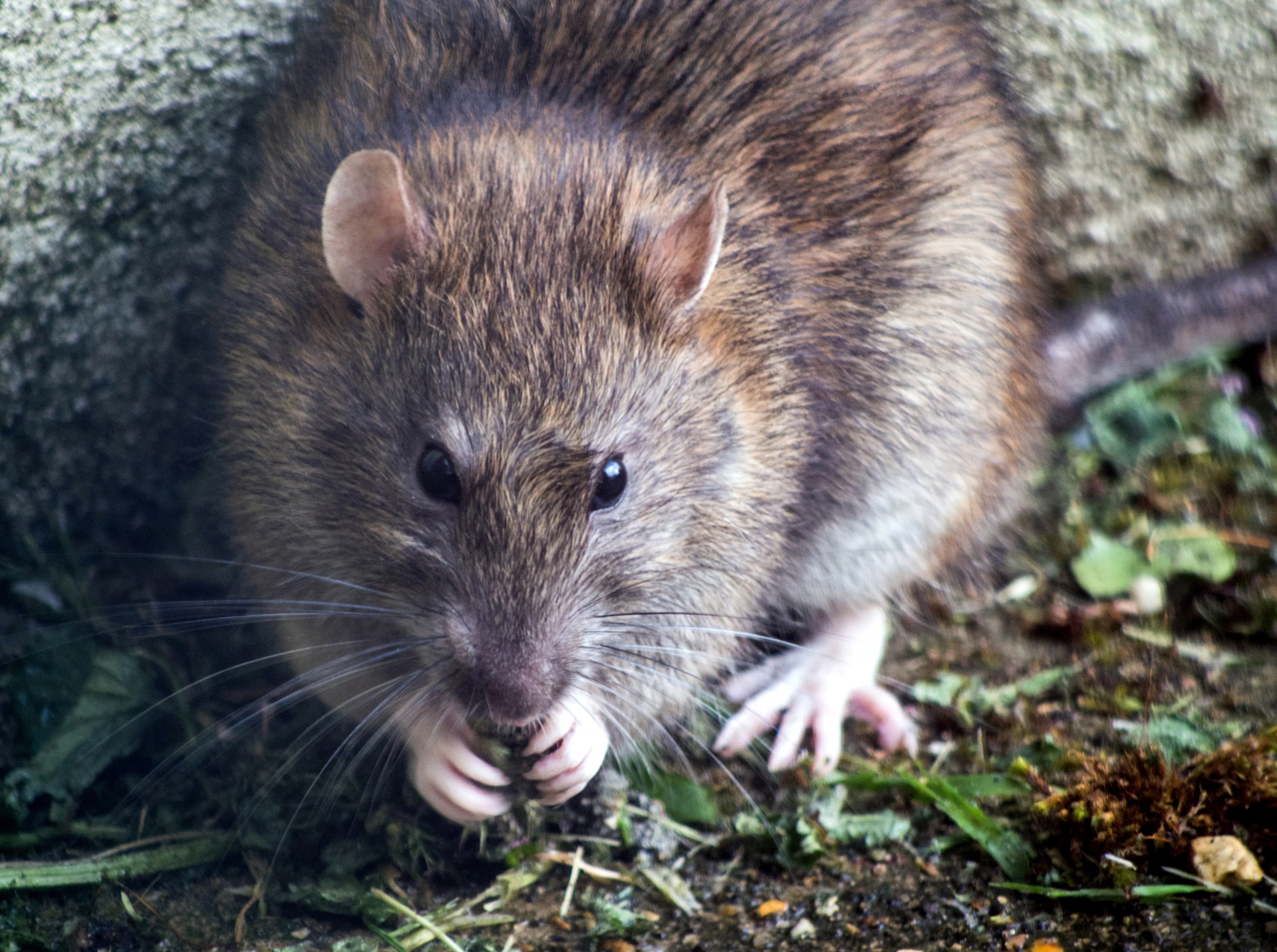How Pest Control on Flies is Done
Whenever you’re in the middle of a fight against flies, there are some things that you should keep in mind. Whether you’re dealing with Drain, Stable, Fruit, or Phorids, you’ll want to have a plan before taking on the challenge. These tips will help you keep your pests under control and keep your home or business healthy and safe.

Drain flies
Getting rid of drain flies is easier than you might think. It is possible to eliminate drain flies using standard pest control for flies products and methods. However, removing the cause of the issue is the best way to get rid of drain flies.
First, you must find out what the drain flies are breeding in. It is usually an organic material found in the drain. You can find these in drains, floor drains, tubs, toilets, and even storm drains.
After you have identified the source of the problem, the next step is to clean it up. It is essential because drain flies will lay their eggs in areas where they can find fermented food or sewage. To do this, you will need a long and stiff brush.
Fruit flies
It might take a lot of work to get rid of fruit flies. However, there are several methods to control them. The best way is to eliminate breeding sites.
Fruit flies breed in moist organic material. Their life cycle includes five larval stages. First, they emerge from the eggs and feed on decaying organic matter. Then, they relocate to a drier area.
The first step is to remove the breeding sites to control fruit flies. You can do this by cleaning out your garbage bins, putting food waste in plastic containers, and disposing of rotting fruit. It is the best way to prevent fruit flies.
Stable flies
Keeping stable flies at bay is a constant chore for livestock owners. Unfortunately, especially in areas of the United States with coastal regions, such as the Gulf of Mexico and Lake Michigan, the problem is often severe.
The breeding sites of stable flies include soiled straw bedding, decaying hay, compost piles, and other sources of organic waste. The flies are also found in manure.
Eliminating breeding sources is the most effective strategy to manage stable insects. It usually means turning compost piles and removing moist grass clippings. Using a residual insecticide on the breeding sites is also effective.
Using a stable fly trap is also an effective method. It is a unique fiberglass panel wrapped in a cylinder. It is attached to a stake about 3 to 4 feet high.
Phorids
PHORIDs are flies most commonly associated with dead animals, but they can also be found in decaying organic material such as garbage, compost, and garbage disposals. They can also be found in moist environments with water, like basements, bathrooms, kitchens, and crawl spaces. They are considered to be disease vectors and are known to transmit pathogenic microorganisms to food and pets.
While the larvae of phorids feed on living animals, they cannot survive in dry, decaying organic material. Therefore, they are most often found breeding in moist environments. These flies are commonly found in areas where food is stored, including restaurants, hospitals, and medical facilities. They are also a problem for commercial facilities, such as food processing plants.
Insect light traps
Using insect light traps is a great way to eliminate flying insects. However, you need to know how to install and use insect light traps to get the most from them. Here are some tips for optimum placement and use.
Install the light trap at a location where flies can see it. Flies are attracted to short wavelengths of light. The range of attraction depends on the light source, wavelength, environment, and insect species. For example, Culicoides midges are attracted to short wavelengths of blue light.
The most important thing to consider when installing an insect light trap is the placement. You want to install it in an area where the flies can see it, but not in direct sunlight. Additionally, you want to confirm that it’s in a dimly lit region.
Residual insecticides
PT 221L Residual Insecticide Aerosol is a powerful tool that can be used to control a variety of pests. This non-toxic product is safe for the environment and family, and pets.
The PT 221L Residual insecticide Aerosol contains various ingredients, including a broad-spectrum product. This insecticide is effective for many pests, including ants, beetles, centipedes, earwigs, flies, houseflies, roaches, silverfish, and termites. In addition, this product can be used as a crack and crevice treatment or for manure spraying.
Outdoor Residual Spraying is a new approach to controlling exophilic vectors of human visceral leishmaniasis. It is a proven technique that can reduce vector numbers outside boundary fences. It also has a long-lasting effect on vector numbers until the end of the transmission season.


